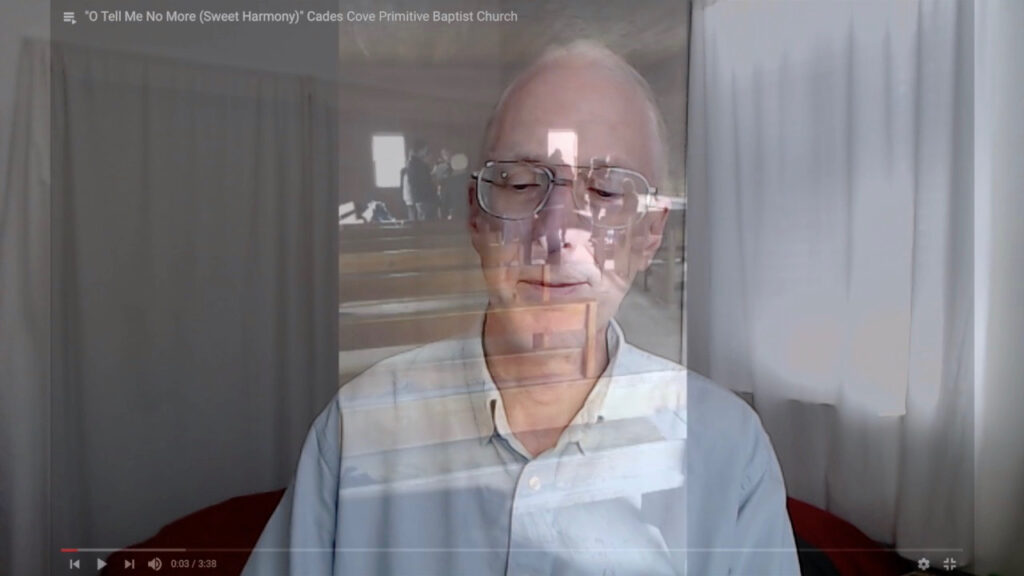This second video in the two part series explores Christian diversity in the U.S. through Christian music, touching on everything from Christian K-pop to Primitive Baptist hymns to Mainline Protestant choral music to an AME Zion hymn choir — and more. The people who write, perform, and listen to this Christian music come from widely divergent religious perspectives, and very different cultures and ethnicities, and the musical diversity covered in this video should challenge anyone who thinks Christianity is a monolith.
(A disclaimer that will be obvious to my Unitarian Universalist readers: I’m looking at Christianity from the outside; Unitarian Universalism can no longer be considered a Christian religion, it is now quite firmly post-Christian — and whatever that means, it definitely isn’t Christian, though it is related historically.)

Below is the text I was looking at while making the video (but I deviated from the script more than once). The videos from the associated Youtube playlist are embedded below.
Questions that are implicit in the video: How do you define the boundaries of a religious tradition? What makes a piece of music Christian — Christian text, Christian performers, Christian context, Christian intent behind the music, Christian musical genre, or more than one of the above, or all of the above? What are the boundaries between culture and religion? — or are culture and religion somehow intertwined? How can we listen across religious and cultural boundaries? — what do we have in common, and how do we get past what we don’t have in common?
Continue reading “The wild diversity of Christianity, part two”
